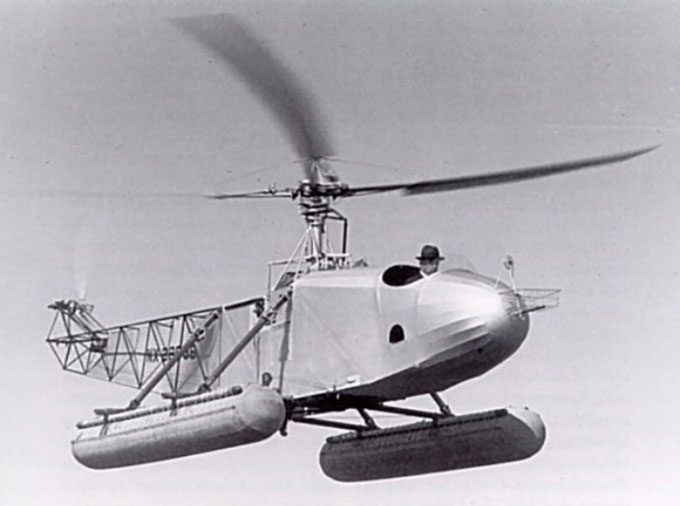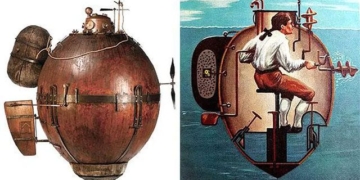The VS-300 is a helicopter with the world’s first operational main rotor, laying the foundation for modern helicopter technology.

The first test flight of the VS-300 helicopter took place in 1939. (Photo: Rare Historical Photos).
Vought-Sikorsky VS-300 was the first single-engine helicopter in the United States, developed by Russian-American engineer Igor Sikorsky. The original design featured a three-blade rotor powered by a 75-horsepower (56 kW) engine. This initial design, along with subsequent improvements, greatly influenced many features commonly seen in modern helicopters.
The development of a practical rotary-wing aircraft by Igor Sikorsky began in 1938 when he was the engineering manager at the Vought-Sikorsky unit of United Aircraft Corporation (UAC). He convinced UAC directors that his years of research on rotorcraft would lead to a breakthrough.
His first prototype, the VS-300, made its maiden flight on September 14, 1939, while still tethered by cables. On May 13, 1940, the VS-300 completed its first free flight. As the first successfully operating single-rotor helicopter in the world, the VS-300 reached a height of 4.5 to 6 meters and moved forward 60 meters, then hovered in place, changed direction, and landed safely.

One of the early flights of the VS-300. (Photo: Wikimedia).
During the development of the rotary-wing aircraft, Sikorsky was the first to use a single engine to power both the main rotor and the tail rotor. In some later flights of the VS-300, Sikorsky added a vertical stabilizer at the tail to assist with anti-torque, but this feature was later removed due to its ineffectiveness.
Sikorsky also equipped the VS-300 with floats and conducted water takeoffs and landings on April 17, 1941, making it the first operational amphibious helicopter. On May 6, 1941, Sikorsky piloted this aircraft and set a world record for flight duration, achieving 1 hour, 32 minutes, and 26.1 seconds.
In May 1942, a two-seat version of the VS-300 was delivered to the U.S. Army. The final variant of the VS-300 was powered by a 150-horsepower Franklin engine. It was one of the first helicopters capable of carrying cargo.
In 1943, the VS-300 was moved to the Henry Ford Museum in Dearborn, Michigan, USA. The helicopter has been on display there ever since, except for a return to Sikorsky Aircraft for restoration in 1985.
The success of the VS-300 and the lessons learned from its development laid the groundwork for further advancements in helicopter technology. Sikorsky’s ongoing research and testing led to the creation of more complex and better-performing helicopters, helping to shape the modern rotorcraft industry.




















































